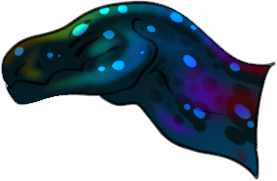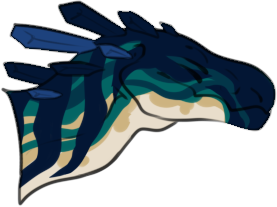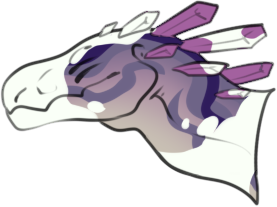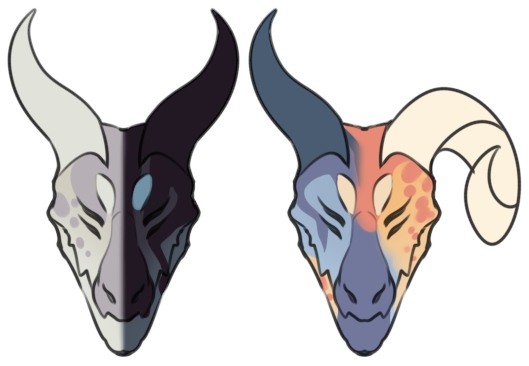Traits
Crysalla Bioluminescence (Common)
Markings glow in the dark.
Crysalla Sparkle (Common)
Markings shimmer and sparkle in the light.
Crysalla Iridescence (Uncommon)
Markings reflect rainbow in the light.
Crysalla Metallic Markings (Uncommon)
Markings shine and reflect light, mimicking a metallic appearance.
Crysalla Color Changing Markings (Rare)
Markings may shift between two different colors slowly due to diet, retaining the same pattern.
Crysalla Seasonal Markings (Rare)
Markings change color season by season, retaining the same pattern. Between 2-4 color palettes.
Crysalla Abundism (Common)
Crysalla possesses a pseudo-melanistic gene that results in dark pigment on parts of the body and crystals.
Crysalla Piebaldism (Uncommon)
Crysalla possesses a white spotting gene that removes pigment from the body and crystals.
Crysalla Melanism (Rare)
Crysalla possesses more melanin, affecting the body, bones, and crystals.
Crysalla Camouflage (Legendary)
Ability to completely change marking colors to any at will, like a chameleon. Maintains the same marking pattern.
Crysalla Albinism (Legendary)
Crysalla lacks melanin, affecting the body and crystals.
Crysalla Vitiligo (Legendary)
Crysalla progressively loses melanin over time, affecting the body and crystals.
Crysalla Mosaicism (Limited)
Crysalla possesses more than one genetic line, resulting in clashing markings.
Crysalla Chimerism (Limited)
Crysalla twins that fused in the egg, possessing two genetic lines. Can be bilateral or random.













